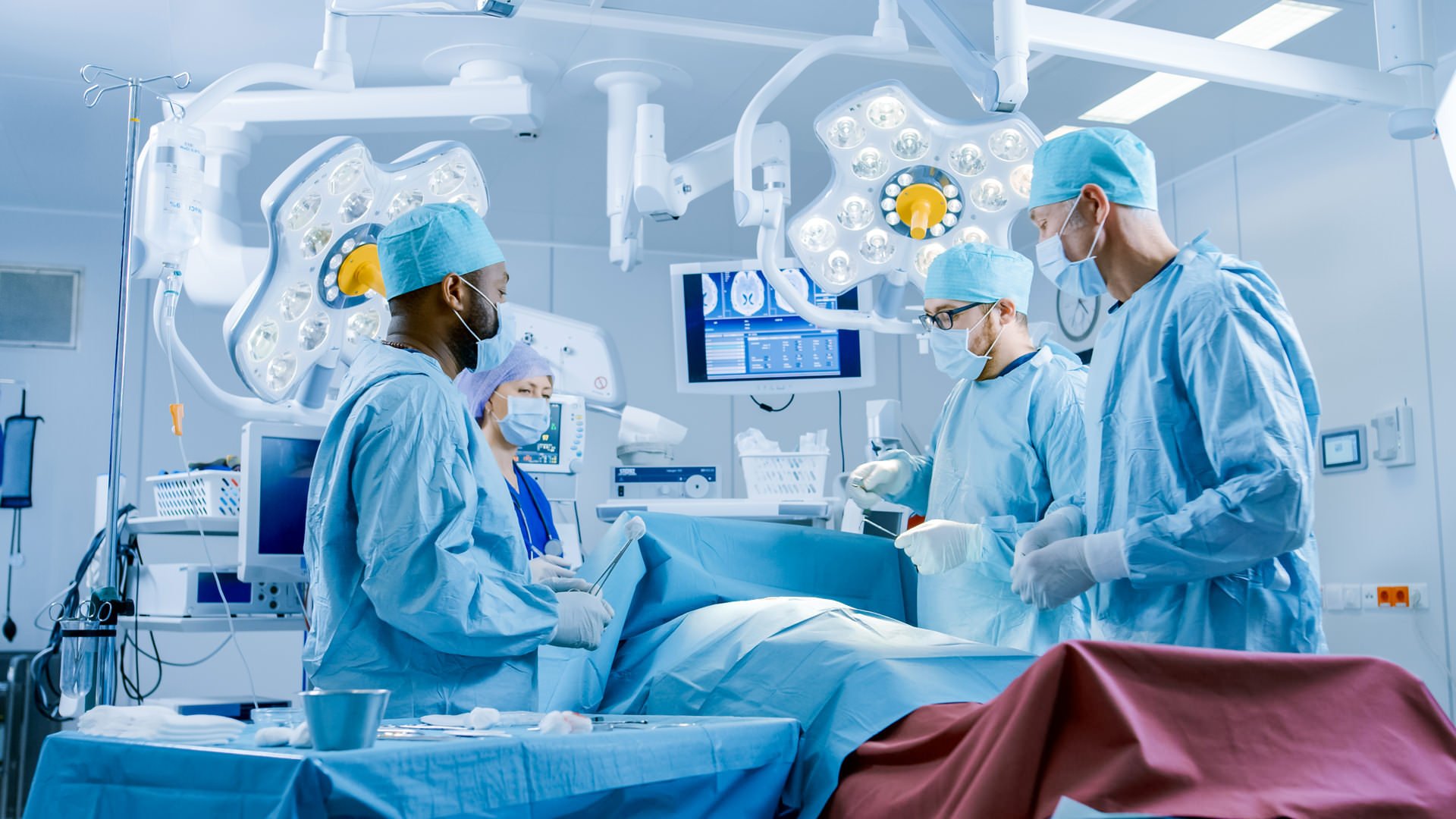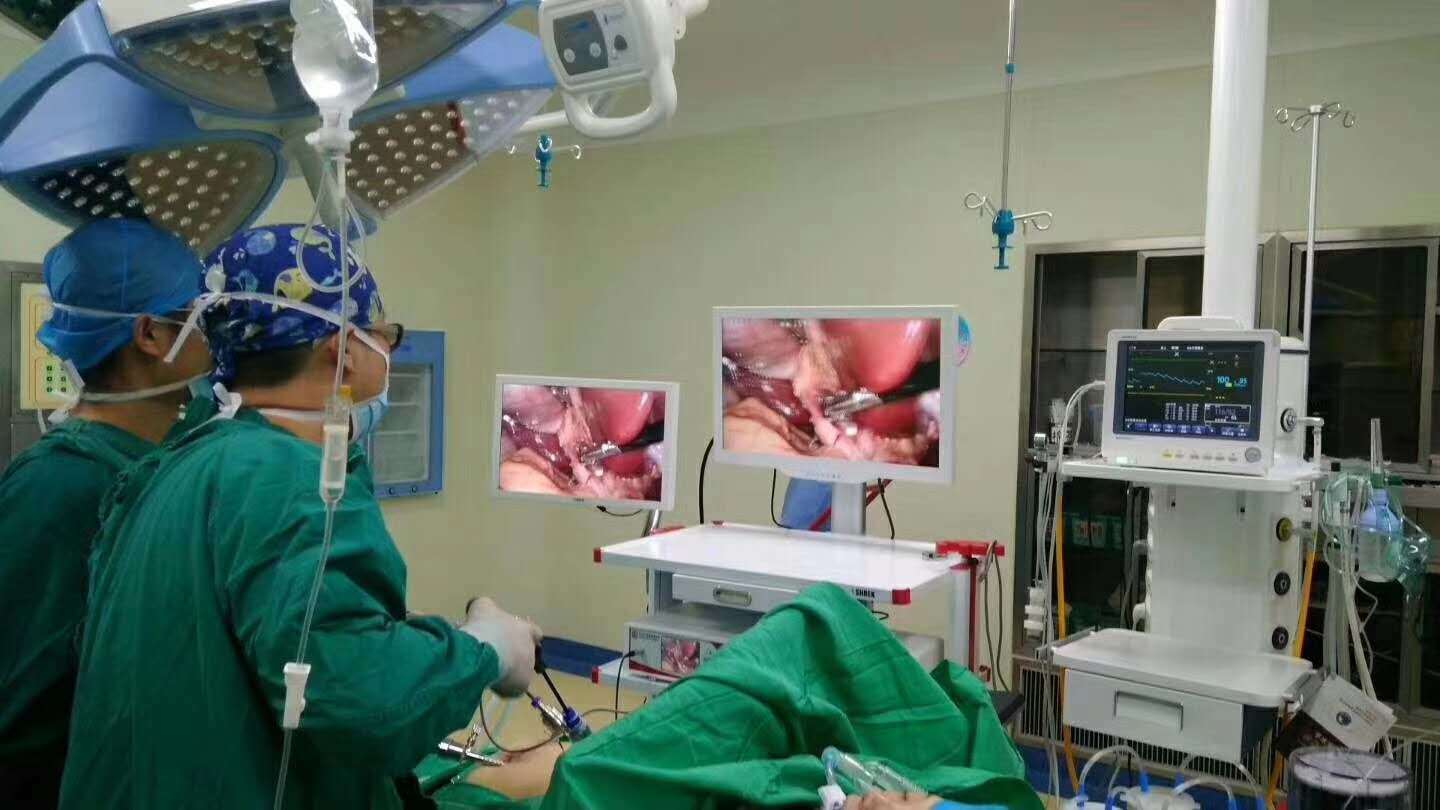Opp. KSRTC Bus Depot, Chintamani - 563125
Surgical Center & Laparoscopy

Surgical Center
Deccan Multispecialities Hospital’s Surgery Department is committed to providing a broad scope of inpatient and outpatient surgical services within the defined capability of the hospital, ranging from minor injury and illness to severe, life-threatening events.
Deccan Multispecialities Hospital’s teams of skilled surgeons, board-certified anesthesiologists and excellent nursing staff work together to provide patients with the highest level of care. Working together, medical staff provide the specialized medical care found in large hospitals with the personalized care unique to a small community.
Types of Surgery
- 1. Breast Surgery including Biopsy, Lumpectomy and Mastectomy
- 2. Bronchoscopy
- 3. Colonoscopy and Endoscopy
- 4. Ear, Nose and Throat Surgery
- 5. General Surgery including Intra-abdominal surgery (Appendectomy, Hernia, Small Intestine, Colon, Gall Bladder, Hemorrhoid etc.)
- 6. Hand Surgery
- 7. Inpatient Surgery
- 8. Minimally Invasive Surgery
- 9. Obstetrical & Gynecological Surgery
- 10. Ophthalmologic Surgery - Cataracts
- 11. Orthopedic Surgery – Including Total Joint Replacements & Arthroscopic Techniques
- 12. Outpatient Surgery
- 13. Podiatry Surgery
- 14. Thyroid Surgery
- 15. Vascular Surgery - Temporal Artery Biopsy

Laparoscopy
Laparoscopy is almost always performed under general anesthesia. This means you'll be unconscious for the procedure. However, you may still be able to go home the same day. Once you're asleep, a small tube called a catheter will be inserted to collect your urine. A small needle will be used to fill your abdomen with carbon dioxide gas. The gas keeps the abdominal wall away from your organs. It reduces the risk of injury. Our Surgeon will make a small cut in your navel and insert the laparoscope, which transmits images to a screen. This gives our doctor a clear view of your organs. What happens next depends on the type of procedure. For diagnosis, our doctor might take a look and then be done. If you need surgery, other incisions will be made. Instruments will be inserted through these holes. Then surgery is performed using the laparoscope as a guide.
Laparoscopy is helpful in:
- 1. Unexplained Infertility
- 2. Unexplained Pelvic Pain
- 3. A history of Pelvic Infection
- 4. Endometriosis
- 5. Uterine Fibroids
- 6. Ovarian Cysts or Tumors
- 7. Ectopic Pregnancy
- 8. Pelvic Abscess, or Pus
- 9. Pelvic Adhesions, or Painful Scar Tissue
- 10. Pelvic Inflammatory Disease
- 11. Reproductive Cancers
Some types of Laparoscopic treatment include:
- 1. Hysterectomy, or Removal of the Uterus
- 2. Removal of the Ovaries
- 3. Removal of Ovarian Cysts
- 4. Removal of Fibroids
- 5. Blocking blood flow to Fibroids
- 6. Endometrial Tissue Ablation, which is a treatment for Endometriosis
- 7. Adhesion Removal
- 8. Reversal of a Contraceptive Surgery called Tubal Ligation
- 9. Burch procedure for incontinence
- 10. Vault Suspension to treat a Prolapsed Uterus






